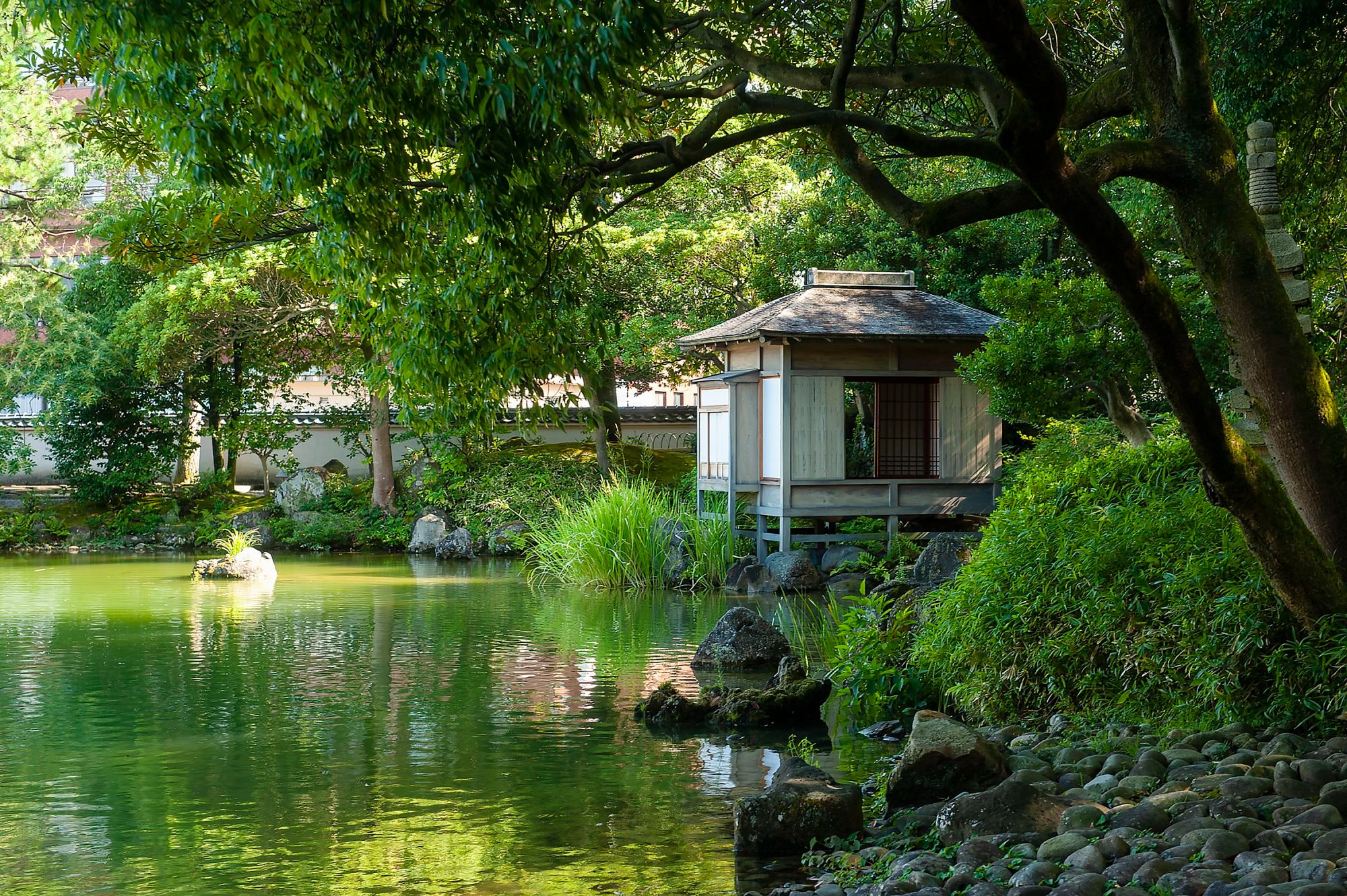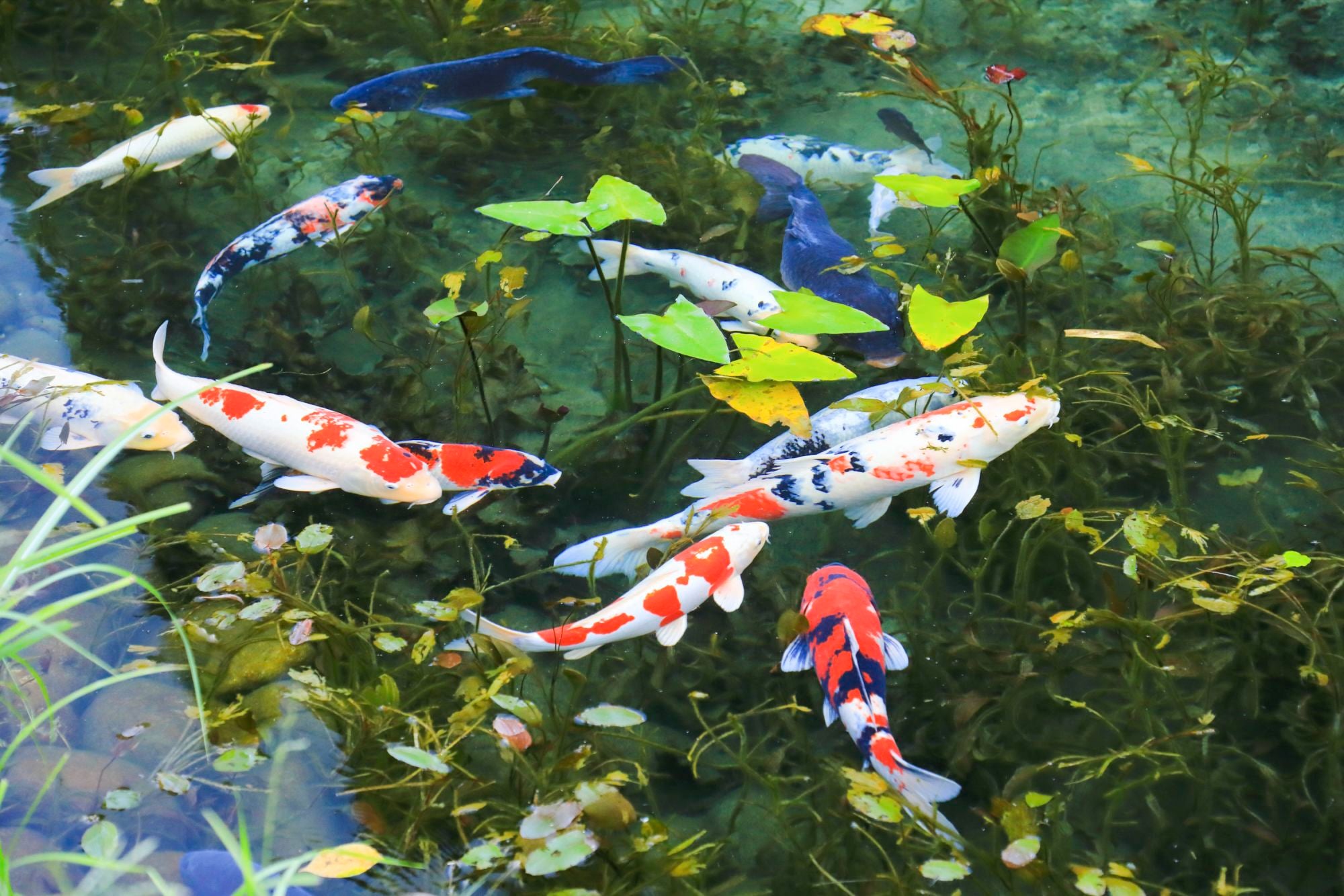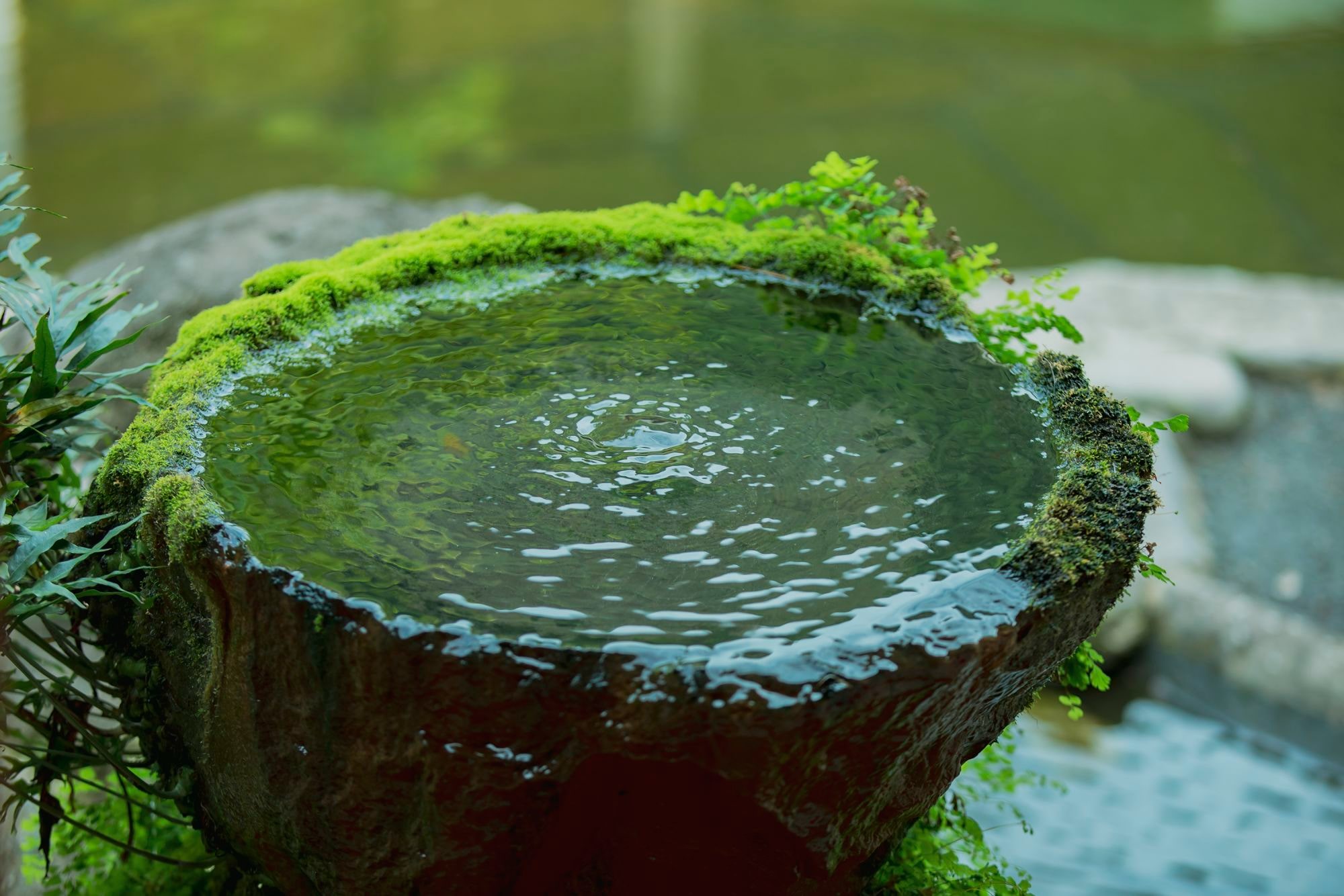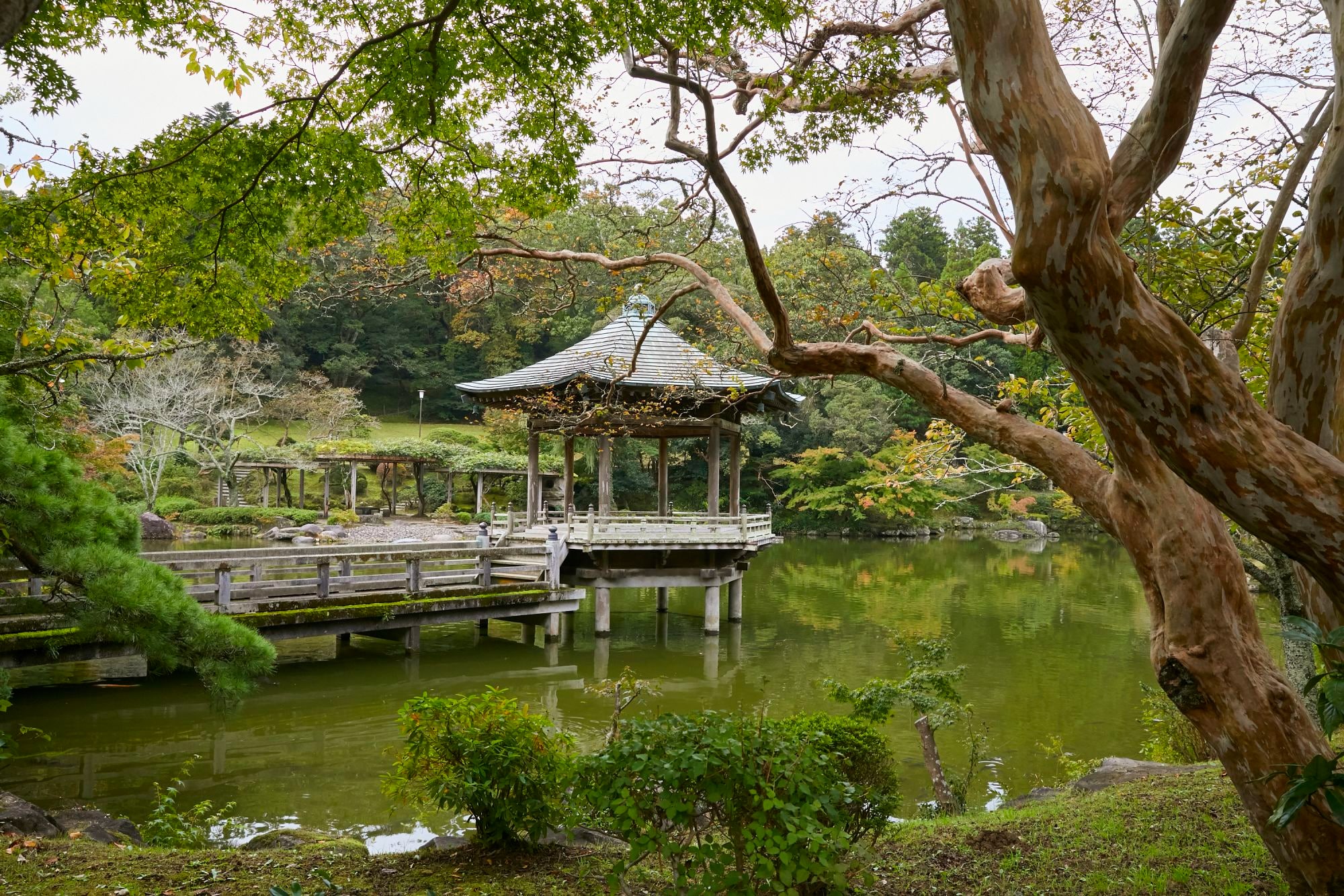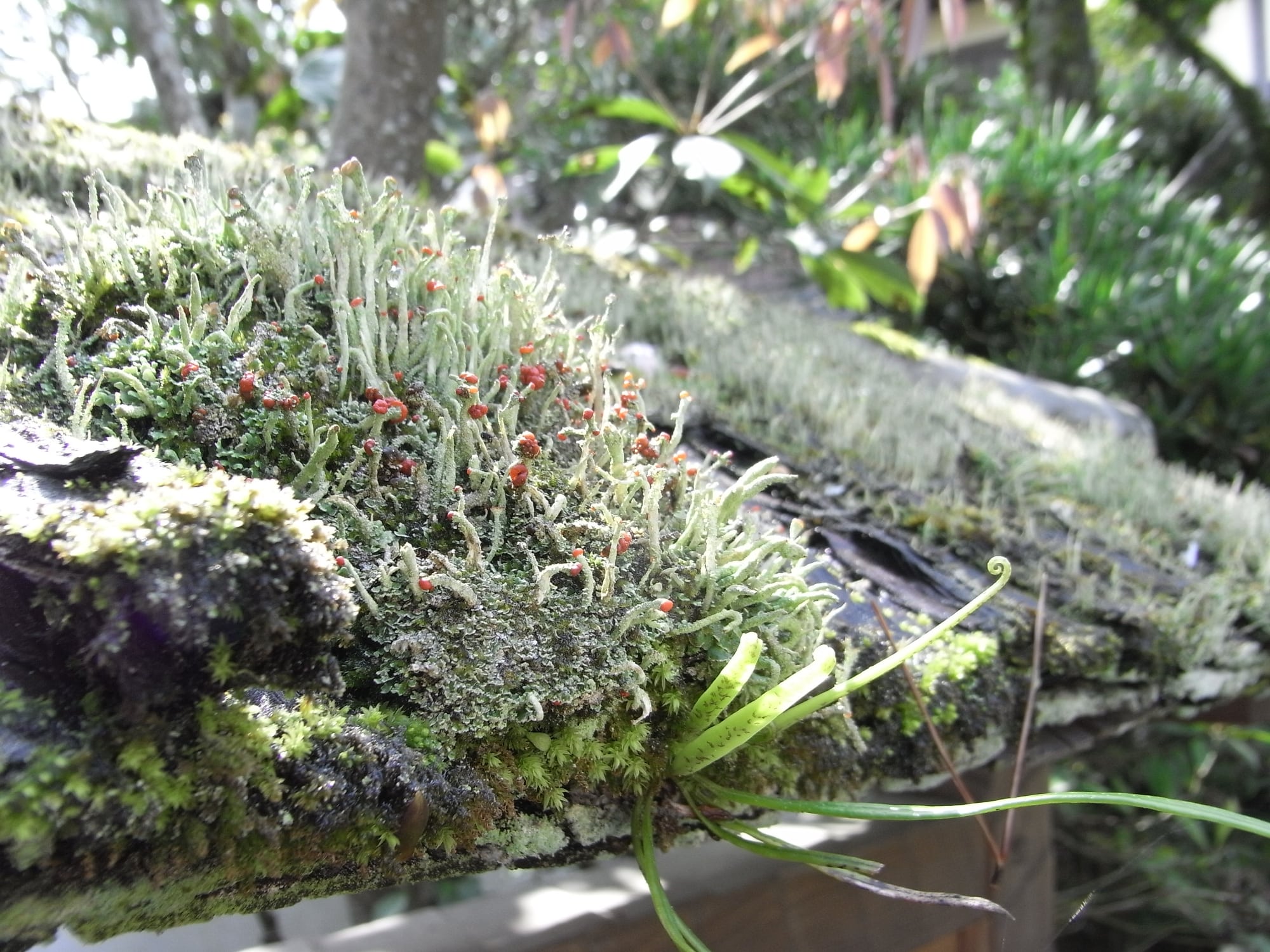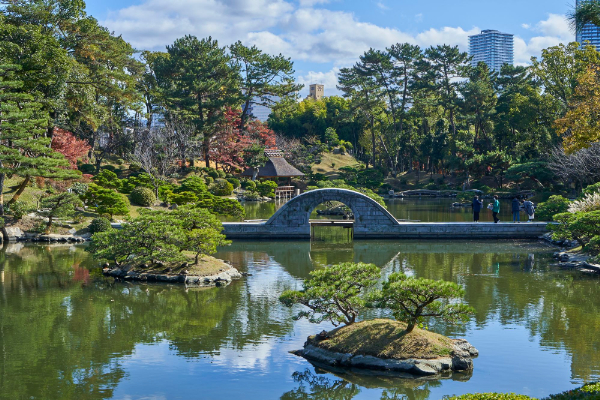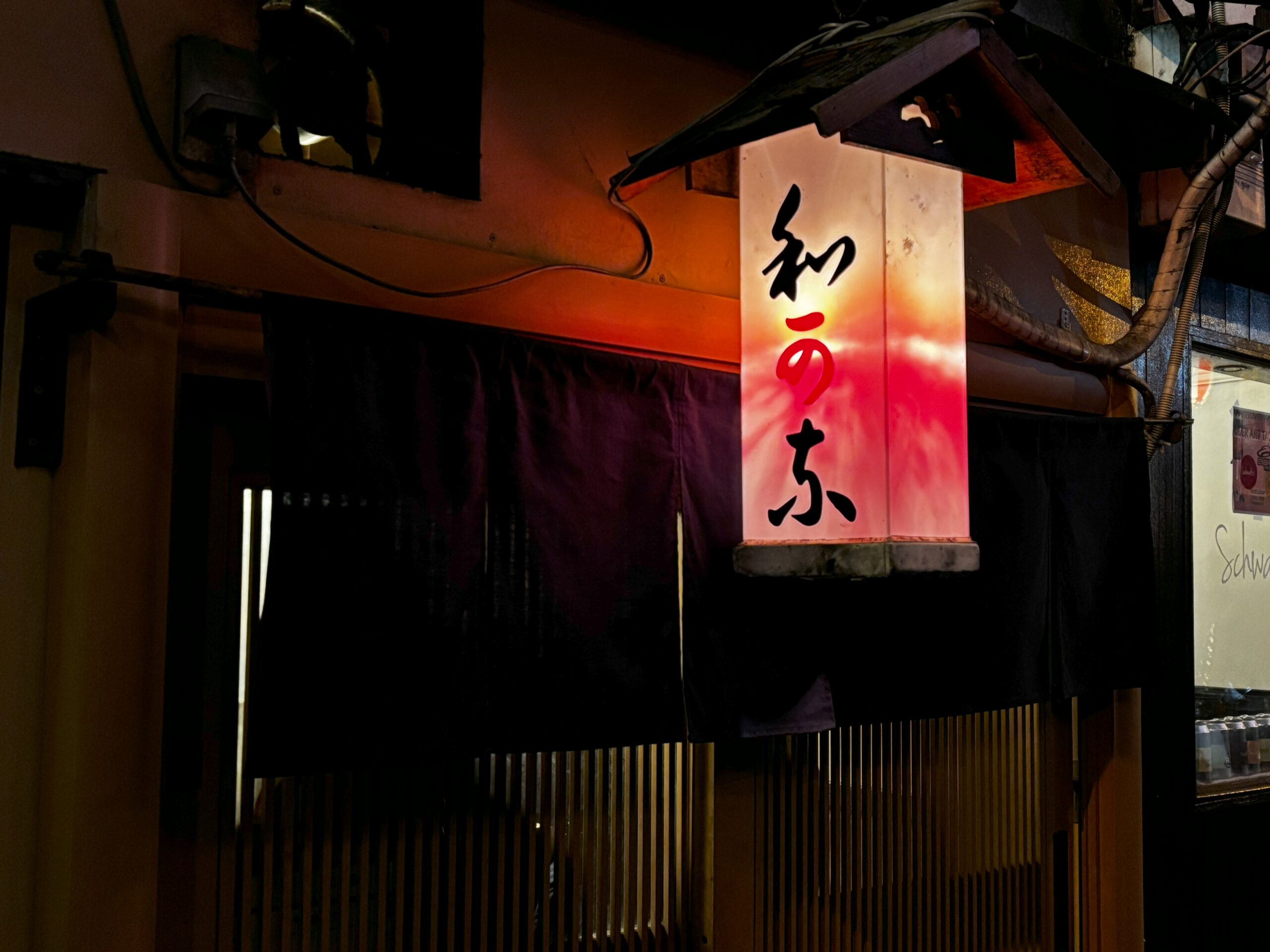Japanese Garden
When you stroll through any city in Japan, from the smallest towns to major hubs like Tokyo, you’re almost certain to encounter at least one traditional Japanese garden. These gardens, which encapsulate the essence of Japanese culture, will leave you impressed by their variety and scenery. Behind their serene beauty lie elements such as the Japanese way of thinking, long-standing customs, and rich history. By gaining a deeper understanding of these aspects, you’ll appreciate the gardens even more.
